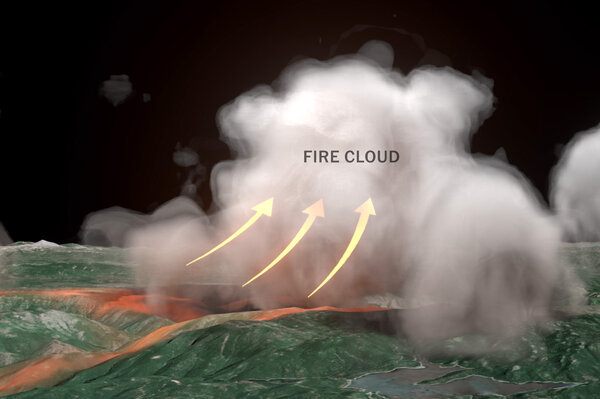Blazes that generate such stormy conditions can be nearly impossible to put out and pose special dangers to firefighters.
Officials said on Thursday they feared as much as half the town of Jasper, Alberta, had been destroyed by wildfires so intense they generated their own weather.
“It’s a sad day here because Jasper is such a gorgeous place,” said Mike Flannigan, a professor of wildland fire at Thompson Rivers University in British Columbia, on Thursday.
The town is the gateway to Jasper National Park, a crown jewel of the Canadian parks system. At least 25,000 residents and tourists were evacuated from their homes before firefighters and emergency personnel also had to flee toxic smoke. The mayor called the destruction “almost beyond comprehension.”
That fire was worsened by a pyrocumulonimbus, or a fire-generated thunderstorm, according to Dr. Flannigan.
“They’re by far the most intense fires in the world,” he said.
What are these storms?
Pyrocumulonimbus storms are huge, smoke-filled thunderstorms generated when the intense heat from wildfires combines with atmospheric conditions ripe for storm formation.
While these heat-generated storms don’t produce much rain, they can create other types of weather like hail, strong winds, lightning and tornadoes. Tornado-like winds were reported near the Park fire, which is currently burning in California.
